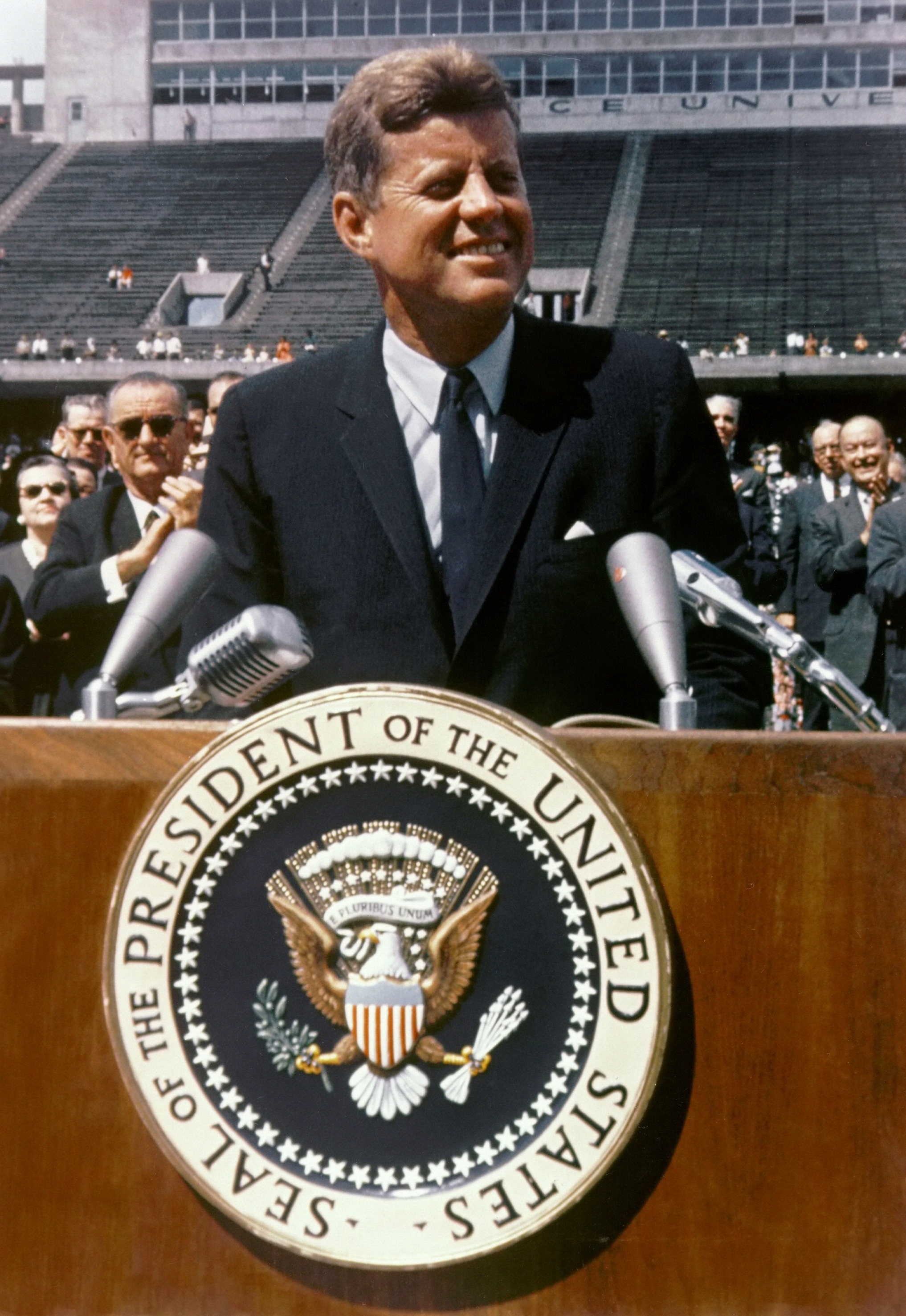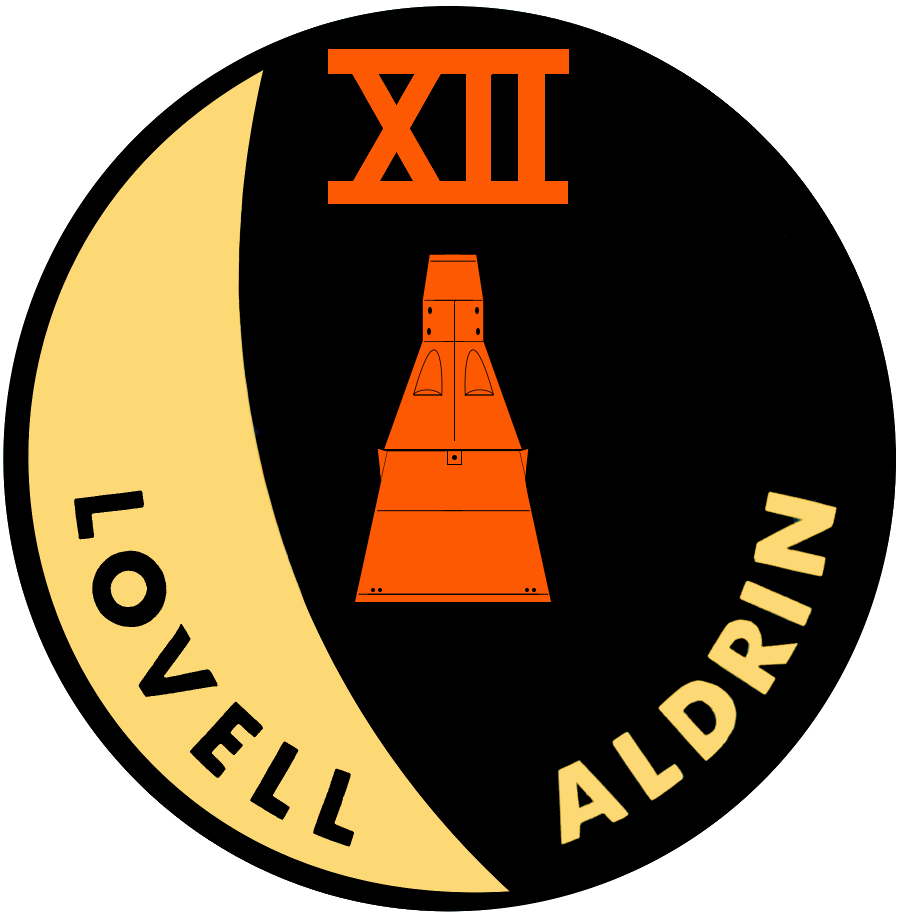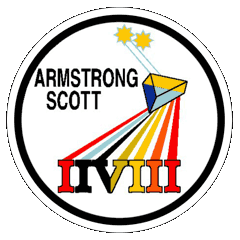|
1969 In Science
The year 1969 in science and technology involved some significant events, listed below. Astronomy and space exploration * January 14 – Soyuz programme: The Soviet Union launches Soyuz 4. * January 15 – Soyuz programme: The Soviet Union launches Soyuz 5. * January 16 – First successful docking of two crewed spacecraft in orbit and the first transfer of crew from one space vehicle to another (by a space walk) between Soyuz 5 and Soyuz 4. * January 18 – Failure of Soyuz 5's service module to separate correctly causes a near-fatal re-entry (not publicly acknowledged until 1997) but the module makes a hard landing in the Ural Mountains. * March 3 – Apollo program: NASA launches Apollo 9 to test the lunar module. * March 13 – Apollo program: Apollo 9 returns safely to Earth after testing the Lunar Module. * May 16 – Venera program: Venera 5, a Soviet Union, Soviet spaceprobe, lands on Venus. * May 17 – Venera program: Soviet Union, Soviet Venera 6 begins to descend i ... [...More Info...] [...Related Items...] OR: [Wikipedia] [Google] [Baidu] |
Venera 5
Venera 5 ( meaning ''Venus 5'') was a space probe in the Soviet space program ''Venera'' for the exploration of Venus. Venera 5 was launched towards Venus to obtain atmospheric data. The spacecraft was very similar to Venera 4 although it was of a stronger design. The launch was conducted using a Molniya-M rocket, flying from the Baikonur Cosmodrome. When the atmosphere of Venus was approached, a capsule weighing and containing scientific instruments was jettisoned from the main spacecraft. During satellite descent towards the surface of Venus, a parachute opened to slow the rate of descent. For 53 minutes on 16 May 1969, while the capsule was suspended from the parachute, data from the Venusian atmosphere were returned. It landed at . The spacecraft also carried a medallion bearing the State Coat of Arms of the Soviet Union and a bas-relief of Lenin to the night side of Venus. Given the results from Venera 4, the Venera 5 and Venera 6 landers contained new chemical analy ... [...More Info...] [...Related Items...] OR: [Wikipedia] [Google] [Baidu] |
Luna 15
Luna 15 was a robotic space mission of the Soviet Luna programme, that was in lunar orbit together with the Apollo 11 Command module ''Columbia''. On 21 July 1969, while Apollo 11 astronauts finished the first human moonwalk, Luna 15, a robotic Soviet spacecraft in lunar orbit at the time, began its descent to the lunar surface. Launched three days before the Apollo 11 mission, it was the second Soviet attempt to bring lunar soil back to Earth with a goal to outstrip the US in achieving a sample return in the Moon race. The previous mission, designated E-8-5-402, launched 14 June 1969, did not achieve Earth orbit because the third stage of its launch vehicle failed to ignite. The Luna 15 lander crashed into the Moon at 15:50 UT, hours before the scheduled American lift off from the Moon. Mission Luna 15 was capable of studying circumlunar space, the lunar gravitational field, and the chemical composition of lunar rocks. It was also capable of providing lunar surface photograp ... [...More Info...] [...Related Items...] OR: [Wikipedia] [Google] [Baidu] |
Luna Programme
The Luna programme (from the Russian word "Moon, Luna" meaning "Moon"), occasionally called ''Lunik'' by western media, was a series of robotic spacecraft missions sent to the Moon by the Soviet Union between 1959 and 1976. The programme accomplished many Timeline of space exploration, firsts in space exploration, including Luna 1, first flyby of the Moon, Luna 2, first impact of the Moon and Luna 3, first photos of the far side of the Moon. Each mission was designed as either an orbiter or Lander (spacecraft), lander. They also performed many experiments, studying the Moon's chemical composition, gravity, temperature, and radiation. Twenty-four spacecraft were formally given the Luna designation, although more were launched. Those that failed to reach orbit were not publicly acknowledged at the time, and not assigned a Luna number. Those that failed in low Earth orbit were usually given Kosmos (satellite), Cosmos designations. The estimated cost of the Luna programme in 196 ... [...More Info...] [...Related Items...] OR: [Wikipedia] [Google] [Baidu] |
Lunar Module Eagle
Lunar Module ''Eagle'' (LM-5) is the spacecraft that served as the crewed lunar lander of Apollo 11, which was the first mission to land humans on the Moon. It was named after the bald eagle, which was featured prominently on the mission insignia. It flew from Earth to lunar orbit on the command module ''Columbia'', and then was flown to the Moon on July 20, 1969, by astronaut Neil Armstrong with navigational assistance from Buzz Aldrin. ''Eagle''s landing created Tranquility Base, named by Armstrong and Aldrin and first announced upon the module's touchdown. The name of the craft gave rise to the phrase "The Eagle has landed", the words Armstrong said upon ''Eagle''s touchdown. Flight ''Eagle'' was launched with Command Module ''Columbia'' on July 16, 1969, atop a Saturn V launch vehicle from Launch Complex 39A, and entered Earth orbit 12 minutes later. ''Eagle'' entered lunar orbit on July 19, 1969. On July 20, Neil Armstrong and Buzz Aldrin entered into the ... [...More Info...] [...Related Items...] OR: [Wikipedia] [Google] [Baidu] |
Apollo 11
Apollo 11 was a spaceflight conducted from July 16 to 24, 1969, by the United States and launched by NASA. It marked the first time that humans Moon landing, landed on the Moon. Commander Neil Armstrong and Lunar Module pilot Buzz Aldrin landed the Lunar Module Eagle, Lunar Module ''Eagle'' on July 20, 1969, at 20:17 Coordinated Universal Time, UTC, and Armstrong became the first person to step onto the Moon's surface six hours and 39 minutes later, on July 21 at 02:56 UTC. Aldrin joined him 19 minutes later, and they spent about two and a quarter hours together exploring the site they had named Tranquility Base upon landing. Armstrong and Aldrin collected of lunar material to bring back to Earth as pilot Michael Collins (astronaut), Michael Collins flew the Command Module Columbia, Command Module ''Columbia'' in lunar orbit, and were on the Moon's surface for 21 hours, 36 minutes, before lifting off to rejoin ''Columbia''. Apollo 11 was launched by a Saturn V rocket from ... [...More Info...] [...Related Items...] OR: [Wikipedia] [Google] [Baidu] |
Buzz Aldrin
Buzz Aldrin ( ; born Edwin Eugene Aldrin Jr.; January 20, 1930) is an American former astronaut, engineer and fighter pilot. He made three extravehicular activity, spacewalks as pilot of the 1966 Gemini 12 mission, and was the Lunar Module Eagle, Lunar Module ''Eagle'' pilot on the 1969 Apollo 11 mission. He was the List of people who have walked on the Moon, second person to walk on the Moon after mission commander Neil Armstrong. Following the deaths of Armstrong in 2012 and pilot Michael Collins (astronaut), Michael Collins in 2021, he is the last surviving Apollo 11 crew member. Born in Glen Ridge, New Jersey, Aldrin graduated third in the class of 1951 from the United States Military Academy at West Point with a degree in mechanical engineering. He was commissioned into the United States Air Force and served as a jet fighter pilot during the Korean War. He flew 66 combat missions and shot down two MiG-15 aircraft. After earning a Doctor of Science degree in astronautics f ... [...More Info...] [...Related Items...] OR: [Wikipedia] [Google] [Baidu] |
Neil Armstrong
Neil Alden Armstrong (August 5, 1930 – August 25, 2012) was an American astronaut and aerospace engineering, aeronautical engineer who, in 1969, became the Apollo 11#Lunar surface operations, first person to walk on the Moon. He was also a Naval aviator (United States), naval aviator, test pilot, and university professor. Armstrong was born and raised near Wapakoneta, Ohio. He entered Purdue University, studying aeronautical engineering, with the U.S. Navy paying his tuition under the Holloway Plan. He became a midshipman in 1949 and a Naval aviator (United States), naval aviator the following year. He saw action in the Korean War, flying the Grumman F9F Panther from the aircraft carrier . After the war, he completed his bachelor's degree at Purdue and became a test pilot at the National Advisory Committee for Aeronautics (NACA) Armstrong Flight Research Center, High-Speed Flight Station at Edwards Air Force Base in California. He was the project pilot on Century Serie ... [...More Info...] [...Related Items...] OR: [Wikipedia] [Google] [Baidu] |
Spaceflight
Spaceflight (or space flight) is an application of astronautics to fly objects, usually spacecraft, into or through outer space, either with or without humans on board. Most spaceflight is uncrewed and conducted mainly with spacecraft such as satellites in orbit around Earth, but also includes space probes for flights beyond Earth orbit. Such spaceflights operate either by telerobotic or autonomous control. The first spaceflights began in the 1950s with the launches of the Soviet Sputnik satellites and American Explorer and Vanguard missions. Human spaceflight programs include the Soyuz, Shenzhou, the past Apollo Moon landing and the Space Shuttle programs. Other current spaceflight are conducted to the International Space Station and to China's Tiangong Space Station. Spaceflights include the launches of Earth observation and telecommunications satellites, interplanetary missions, the rendezvouses and dockings with space stations, and crewed spaceflights on sci ... [...More Info...] [...Related Items...] OR: [Wikipedia] [Google] [Baidu] |
Robert H
The name Robert is an ancient Germanic given name, from Proto-Germanic "fame" and "bright" (''Hrōþiberhtaz''). Compare Old Dutch ''Robrecht'' and Old High German ''Hrodebert'' (a compound of ''Hrōþ, Hruod'' () "fame, glory, honour, praise, renown, godlike" and ''berht'' "bright, light, shining"). It is the second most frequently used given name of ancient Germanic origin.Reaney & Wilson, 1997. ''Dictionary of English Surnames''. Oxford University Press. It is also in use Robert (surname), as a surname. Another commonly used form of the name is Rupert (name), Rupert. After becoming widely used in Continental Europe, the name entered England in its Old French form ''Robert'', where an Old English cognate form (''Hrēodbēorht'', ''Hrodberht'', ''Hrēodbēorð'', ''Hrœdbœrð'', ''Hrœdberð'', ''Hrōðberχtŕ'') had existed before the Norman Conquest. The feminine version is Roberta (given name), Roberta. The Italian, Portuguese, and Spanish form is Roberto (given name), ... [...More Info...] [...Related Items...] OR: [Wikipedia] [Google] [Baidu] |
The New York Times
''The New York Times'' (''NYT'') is an American daily newspaper based in New York City. ''The New York Times'' covers domestic, national, and international news, and publishes opinion pieces, investigative reports, and reviews. As one of the longest-running newspapers in the United States, the ''Times'' serves as one of the country's Newspaper of record, newspapers of record. , ''The New York Times'' had 9.13 million total and 8.83 million online subscribers, both by significant margins the List of newspapers in the United States, highest numbers for any newspaper in the United States; the total also included 296,330 print subscribers, making the ''Times'' the second-largest newspaper by print circulation in the United States, following ''The Wall Street Journal'', also based in New York City. ''The New York Times'' is published by the New York Times Company; since 1896, the company has been chaired by the Ochs-Sulzberger family, whose current chairman and the paper's publ ... [...More Info...] [...Related Items...] OR: [Wikipedia] [Google] [Baidu] |
Moon
The Moon is Earth's only natural satellite. It Orbit of the Moon, orbits around Earth at Lunar distance, an average distance of (; about 30 times Earth diameter, Earth's diameter). The Moon rotation, rotates, with a rotation period (lunar day) that is synchronized to its orbital period (Lunar month#Synodic month, lunar month) of 29.5 Earth days. This is the product of Earth's gravitation having tidal forces, tidally pulled on the Moon until one part of it stopped rotating away from the near side of the Moon, near side, making always the same lunar surface face Earth. Conversley, the gravitational pull of the Moon, on Earth, is the main driver of Earth's tides. In geophysical definition of planet, geophysical terms, the Moon is a planetary-mass object or satellite planet. Its mass is 1.2% that of the Earth, and its diameter is , roughly one-quarter of Earth's (about as wide as the contiguous United States). Within the Solar System, it is the List of Solar System objects by ... [...More Info...] [...Related Items...] OR: [Wikipedia] [Google] [Baidu] |





